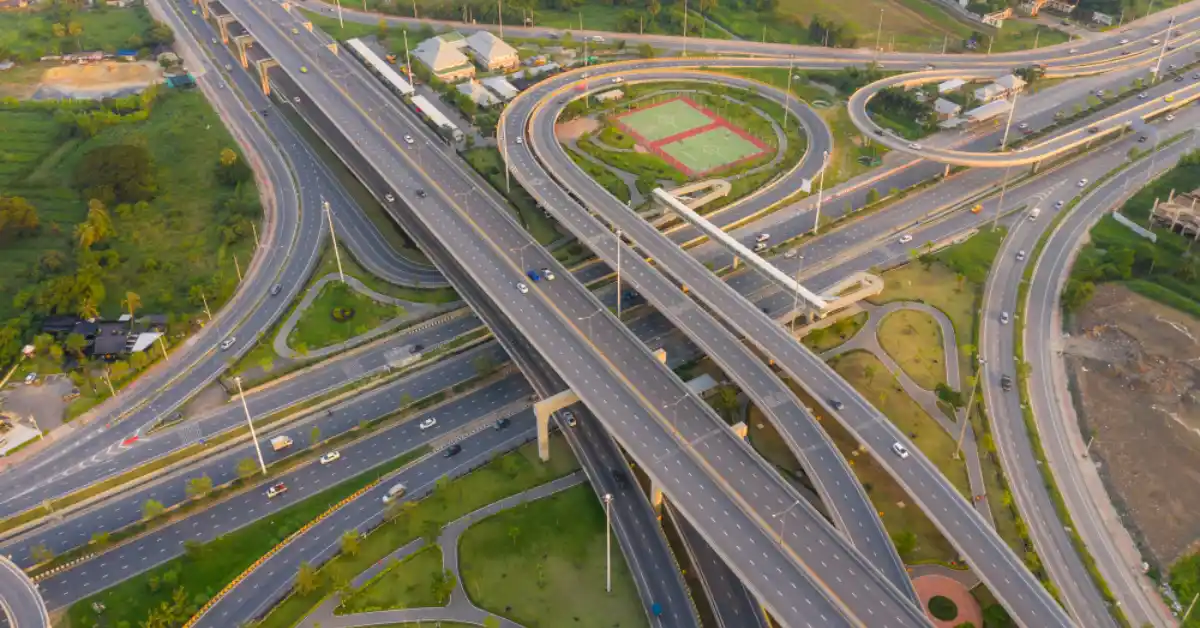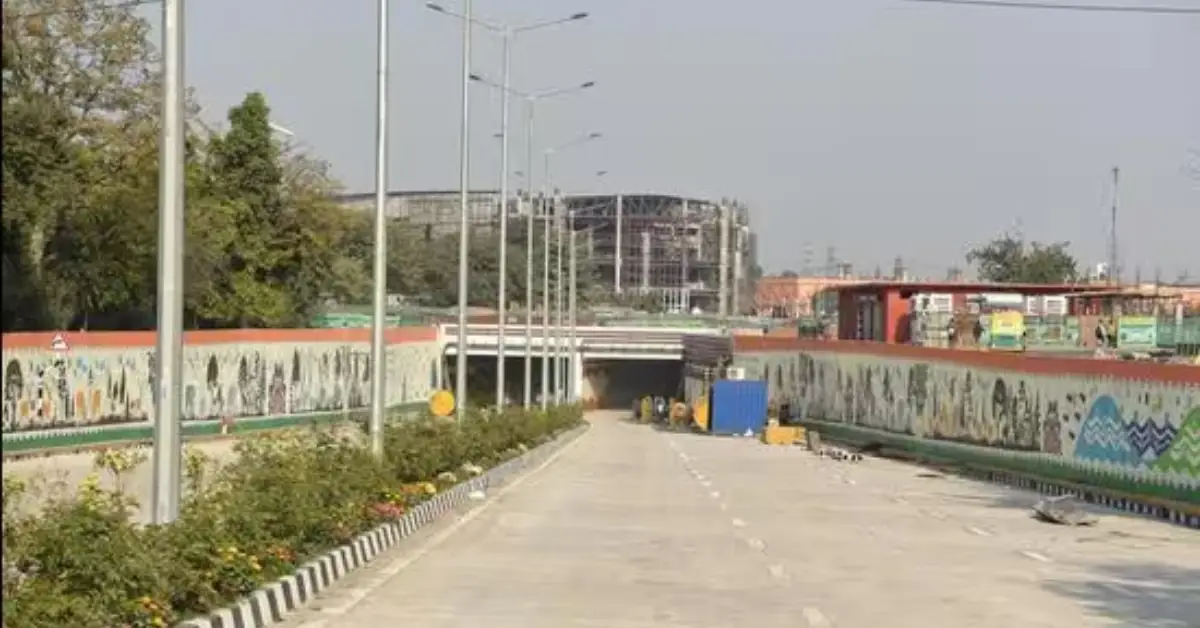The Dwarka Expressway’s growth has unlocked new potential across the real estate sector in Gurugram. With significantly reduced travel time to IGI Airport and smooth access to key routes, it has created a seamless mobility corridor. The improved access of the expressway has repositioned peripheral zones like Kherki Daula and Sectors 99–113 as strategic logistics and warehousing hubs. Its seamless connectivity to major freight routes has made it an ideal choice for cold storage units, 3PL operators, and e-commerce giants looking to streamline last-mile delivery.
As per PropEquity, the average housing prices along the Dwarka Expressway have surged nearly fivefold in the region, climbing from Rs 3,753 per sq ft in 2010 to more than Rs 18,000 per sq ft by 2024. The report also showed that 42,816 units were launched between 2010 and 2024, and the number of units sold during this period stood at 41,899 units.
On the commercial front, with Grade-A office spaces taking shape across emerging sectors, the corridor is steadily positioning itself as NCR’s next business district. Its proximity to Delhi and more competitive rentals has sparked interest from startups, fintech firms, and Global Capability Centers (GCCs) seeking scalable yet well-connected workspaces. Co-working hubs and IT-SEZs are also gaining ground, reflecting the shift toward flexible, future-ready office formats. Meanwhile, retail is following close behind—high streets, malls, and showroom clusters are tapping into the growing catchment of residents and professionals.
Further, along the expressway, business hotels and luxury serviced residences are rising to meet the needs of corporate travelers and global professionals. The blend of leisure and business is especially visible in the high-potential markets, where fine-dining restaurants, cafés, and emerging nightlife spots are creating a vibrant urban experience. With large-format banquet spaces and convention centres in the pipeline, the region is evolving into a full-fledged destination where commerce, comfort, and culture converge seamlessly.
Surender Kaushik, Founder and Managing Director ARIPL, says, “Creating a strategic link between Delhi and Gurugram, the Dwarka Expressway has brought an exponential demand in the residential segment from buyers who eye superior connectivity. Among its many rising sectors, Sector 102 has clearly distinguished itself with a unique blend of location advantage and premium residential offerings. With seamless access to Delhi, Gurugram, IGI Airport, and major arterial roads, the sector is attracting discerning homebuyers. As developers, we believe Sector 102 exemplifies the corridor’s potential by combining connectivity with livability and making it a compelling destination for sustainable, long-term growth in the region’s real estate narrative.”
Moreover, the Haryana government is actively driving integrated zoning norms and land pooling mechanisms to ensure cohesive, scalable development. Sectoral planning here aligns with Transit-Oriented Development (TOD) principles, encouraging compact, walkable neighborhoods anchored around mass transit. Smart city features are being embedded into the urban fabric. Backed by government incentives for infrastructure-led housing and institutional investments, the region is being shaped as a future-ready, sustainable growth model for NCR.
Ankit Kansal, Managing Director, 360 Realtors, says, “Dwarka Expressway is shaping up as the new gravitational centre for NCR’s property market. Once it was believed to be an emergent growth corridor of Gurgaon, a place where the future of the Millennial city will unfold. Today however, Dwarka Expressway has matured. From an advisory lens, we’re seeing end-users and investors flocking toward this corridor due to staggering price appreciation and connectivity advantages. Dwarka expressway also offers relatively more peaceful and tranquil environs with less congestion, compared to other prominent micro-markets such as Golf Course Extension, MG Road and Golf Course Extension. Demand for mid-to-premium housing, Grade A office spaces, and commercial land is accelerating. The rise in housing demand is also fuelling the commercial market encompassing high streets, malls, arcades, food & beverages and much more. With infrastructure nearly complete and policy support in place, this corridor is transitioning from speculative to strategic. It will continue rivalling other micro-markets in terms of capital value and absorption.”
Kushagr Ansal, Director, Ansal Housing, says, “As developers, we’ve witnessed many growth cycles, but the momentum around the Dwarka Expressway is exceptional. This corridor is becoming the nucleus for a new urban economy, well-balanced between work, living, and leisure. What sets it apart is the policy clarity, integrated planning, and seamless Delhi-Gurugram linkage. We foresee strong appreciation not just in residential but also in retail and institutional real estate.”
Mihir Jha, Head Sales Better Choice Realtors Pvt Ltd says, “We see Dwarka Expressway representing the future face of urban planning. It’s catalyzing an influx of next-gen office spaces and premium residential developments that respond to a mobile, experience-driven urban population. The expressway’s integration with metro and airport networks is creating a self-contained hub with livability at its core. Our projects along this corridor are tailored to this evolving demand, where walk-to-work, green infrastructure, and flexible commercial formats are becoming standard. We believe this connectivity is no longer a support system; it’s the central nervous system of economic activity in NCR’s western belt.”
Thus, the future of the Dwarka Expressway corridor points toward sustained, broad-based growth across sectors. Beyond real estate, ancillary growth is gaining traction- education hubs, healthcare clusters, and urban logistics parks are taking shape. As these ecosystems mature, the corridor is set to become a key contributor to NCR’s GDP, fueled by real estate, logistics, and service-sector multipliers.







